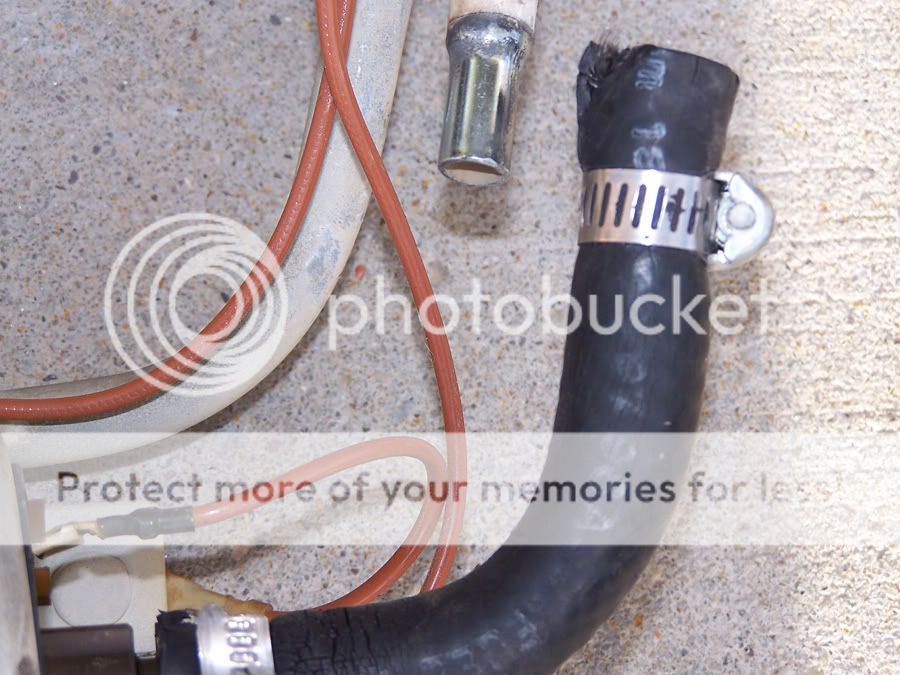k.smith904
NAXJA Forum User
- Location
- Jacksonville, FL
I don't know what to try next. My engine is cranking, turning over, but not firing. It will randomly fire at times, but then won't start again for weeks. I suspected the CPS so I changed that out, but I'm still getting the same symptoms. Before I changed the CPS, I couldn't smell gas in the the throttle body so I thought I might need a new fuel filter. Changed that out and it started right up on the 3rd or 4th try. I drove it about 5 miles to a friends, then when I went to leave I got the same issue. I can hear my fuel pump kick on when the ignition is on, but when I'm trying to start and I pump the gas, I can't smell anything in my throttle body. I seriously doubt my fuel filter is clogged again already...
I could just keep throwing parts at it but like a lot of people right now, I'm kinda tight on money. I'm suspecting an ignition coil at this point, but I could be absolutely wrong. Any input is appreciated.
I could just keep throwing parts at it but like a lot of people right now, I'm kinda tight on money. I'm suspecting an ignition coil at this point, but I could be absolutely wrong. Any input is appreciated.

